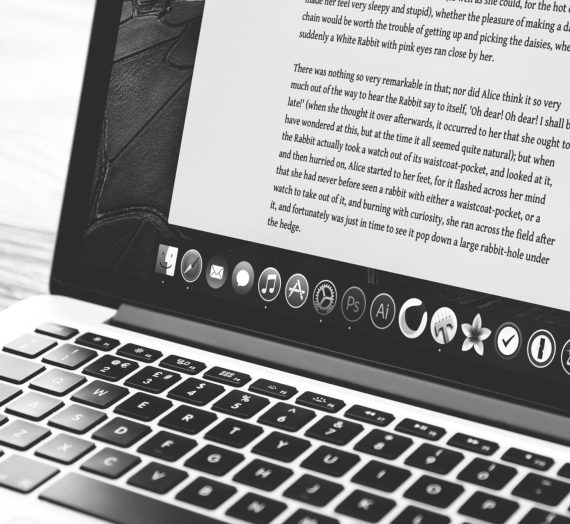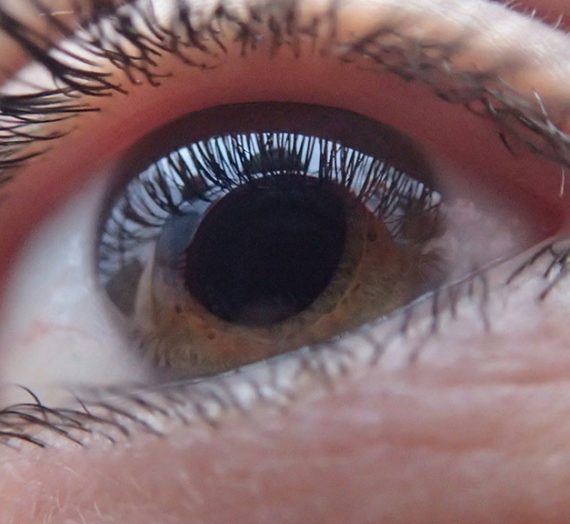Choosing a font can be a daunting task. But with the proper instruction, it doesn’t have to be.
Selecting the best typeface for your document can sometimes feel like being in the online dating scene. You can spend hours swiping through all kinds of fonts with different personalities. Without knowing what the different personalities of typefaces are and when to use a specific typeface, writers sometimes select a typeface with the wrong personality for their document. Though finding the perfect typeface can be difficult, writers can learn from Jo Mackiewicz how to choose a typeface that contributes to the desired rhetorical effect of their writing.
THE RESEARCH
In the article “What Technical Writing Students Should Know about Typeface Personality,” Jo Mackiewicz (2004) argues that students should be taught about typeface personalities so that students know which typefaces will have a positive affect on a document. Mackiewicz explains that choosing a typeface that aligns with the document’s purpose and tone can result in readers having a better reaction to the document. A typeface is the design of lettering, and within typefaces are fonts (e.g., Times New Roman is a typeface; 12 point bold Times New Roman is a font). There are four categories of typeface personalities—serif, sans serif, decorative, and script—all of which convey different feelings and moods, such as friendliness, silliness, elegance, or agitation.
“Increased attention to typeface personality is especially important now that students have access to thousands of typefaces, many of which can detract from or conflict with the seriousness, professionalism, and competency that students usually intend to convey.”
—Mackiewicz (2004)
The first principles Mackiewicz asserts that students should know about typeface are legibility and readability. Legibility regards how easily a reader can decipher one letter from another in a particular typeface, whereas readability regards how the text is arranged and typeset on a page (how large the font is, whether the letters are capitalized, etc.). In choosing a typeface, writers should think about what typeface will be easy to read and decipher by the target audience. For example, long texts should be in a serif type to help with the readability of the text. After choosing the typeface personality that matches the text’s content, writers should choose a font within that typeface that matches the text’s emotion and rhetoric rather than just “swiping right” on the first font they see. To help students choose the right typeface and font, Mackiewicz teaches the anatomy of typefaces, including their proportions, modeling, and construction. After understanding the anatomy of a typeface, writers are better prepared to choose typefaces and fonts that align with the emotions the writers hope to elicit from readers.
THE IMPLICATIONS
Because typefaces greatly affect a piece of writing, writers need to ensure they pick a typeface with the right personality. When writers choose a personality that doesn’t match the tone and purpose of their writing, they run the risk of not portraying that tone and purpose to their readers. Just like in the dating game, when a typeface’s personality doesn’t match the writing, it usually doesn’t work out. Writers should learn about typeface personalities in order to make the perfect match and to avoid the risk of a breakup—in other words, not getting their point across to readers.
To learn more about choosing the right typeface, read the full article:
Mackiewicz, Jo. 2004. “What Technical Writing Students Should Know about Typeface Personality. Journal of Technical Writing and Communication 34 (1): 113–31. https://journals.sagepub.com/doi/pdf/10.2190/NMDQ-XBVH-Q79J-M749.
—Kayla Orlando, Editing Research
FEATURE IMAGE BY PIXABAY
Find more research
Take a look at Pamela Nelson’s Editing Research article for more tips on how to select the right typeface personality: “Tired of “Safe” Typefaces? Letterforms J-a-g-e-n to the Rescue.”
Read Jessie Bruner’s Editing Research article to learn how choosing the right typeface can affect readers with dyslexia: “Which Fonts Are Best for Dyslexia?”





Kenedie Stewart
I love picking out typefaces, I feel like I could scroll through different typefaces for hours!
Aaron
I hadn’t thought a lot about how typeface affected an article until reading this article. Very interesting!
Emma Franklin
Great article! Like the author says, selecting a typeface is crucial to setting a tone for the piece of writing.
Mikaela Wilkins
I agree with the original author; because there are so many options for font, there’s no reason not to be deliberate in what you use. Besides, they’re so fun to look at!
Olivia Ana
After reading your article in detail I reach the conclusion that this post contains different valid points. I have knowledge about different typefaces and I will try to use all of these tips in my upcoming projects.
Thanks